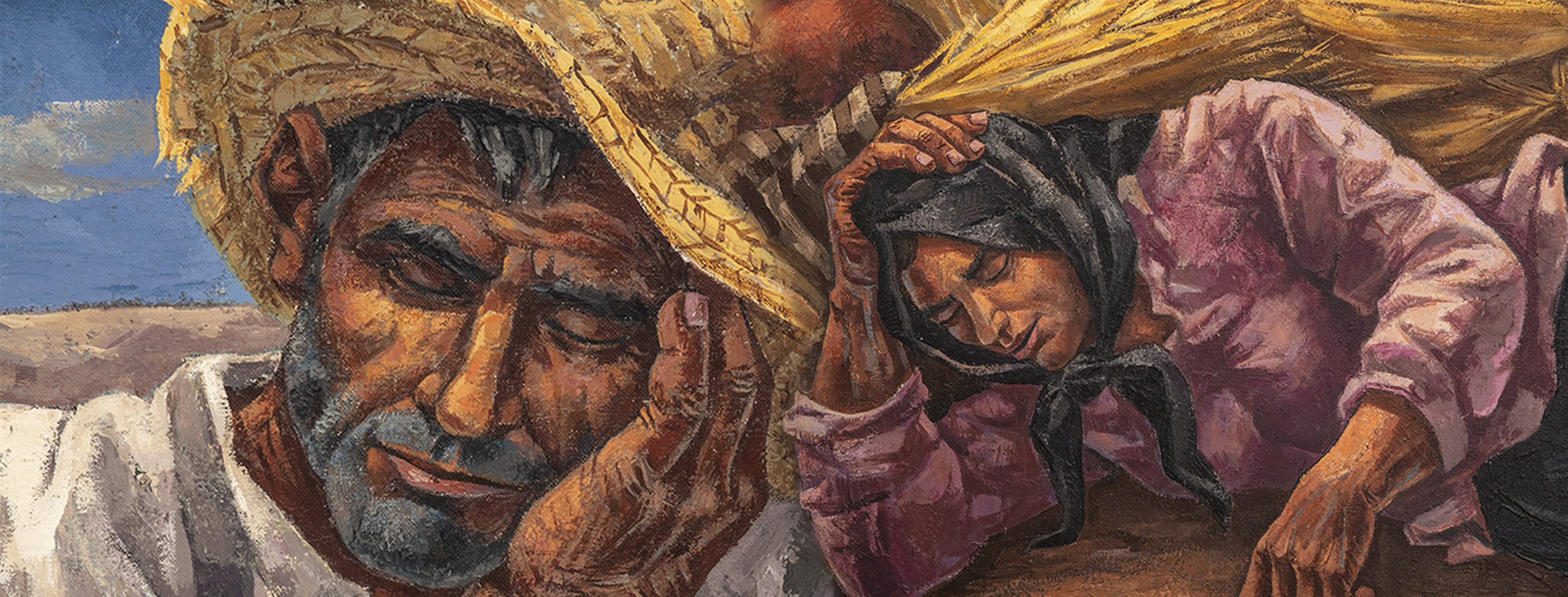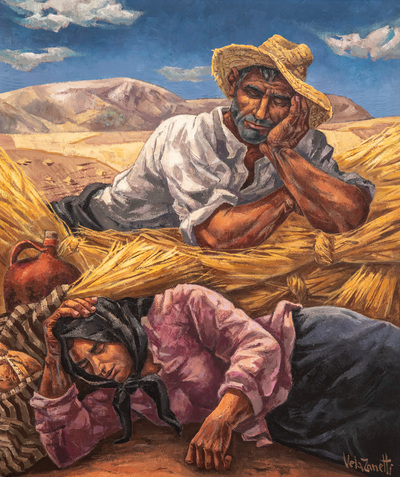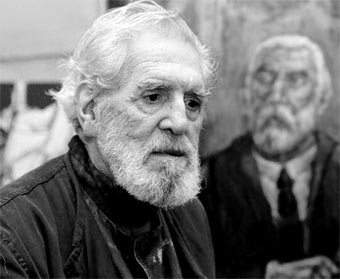Vela Zanetti: The soul and dignity of the rural world

The most social and committed aspect of art finds in the work of Vela Zanetti one of its greatest supporters. The canvas that was put out to tender on the 27th is undoubtedly a magnificent representation of the mastery with which Zanetti vindicated the lives of humble people
Often times, art has been a weapon of vindication and social struggle through which the problems of a certain time and geographical location have been reflected. In this sense, there is a long tradition in Spain of artists who, like Goya, Solana, or Zabaleta wanted to capture under their brushes, the reality of those who throughout history have been reviled and marginalized.
In this regard, one of the most notable cases is that of the Burgos-born painter Vela Zanetti, whose work and socio-political commitment form a latent indivisible whole in each and every one of his creative stages. With his unmistakable style, the result of a mixture of realism sifted by the shocking force of expressionism, and the heritage of the great classics that he admired, Zanetti addressed a diversity of themes whose common denominator lies in the protagonism of the human figure.
In works such as “Peasants resting after the harvest”, the painter gives birth to a true epic of the rural world, whose customs, people and work, he represents with a deep sense of human dignity. Fleeing from idealization, Zanetti bets on the faces of the people, of those who have the dignity of the simple, humble and hard-working men engraved in their hands, on their skin and in their eyes, who populated the infinite fields of his native Castile. The monumental character that it gives to its peasants, as well as the rotundity of its forms, enclose the individualized portrait of a people, whose work and sacrifice claim it here, as the absolute owner of the land it sows. The implicit criticism makes even more sense if we take into account the deplorable situation in which the country was at that time, and especially the rural world.


His stroke, of a forcefulness and masterful precision, together with a chromaticism that, although austere and contained is also as warm and rich in nuances as are the ocher, red and orange of his land, provide us with a work without ambiguities or folds, as sincere, direct and frank as the protagonists to whom he paid tribute in his work.
Ultimately, Zanetti’s painting represents the story of a part of our history that, although it belongs to the past, remains in us despite the times, despite the changes. Because no matter how much tractors and harvesters have replaced mules and scythes, dreams, desires, sacrifices and roots in the land of men survive throughout history (and in spite of it). And it is precisely about this universal and imperishable reality that Vela Zanetti speaks to us.





